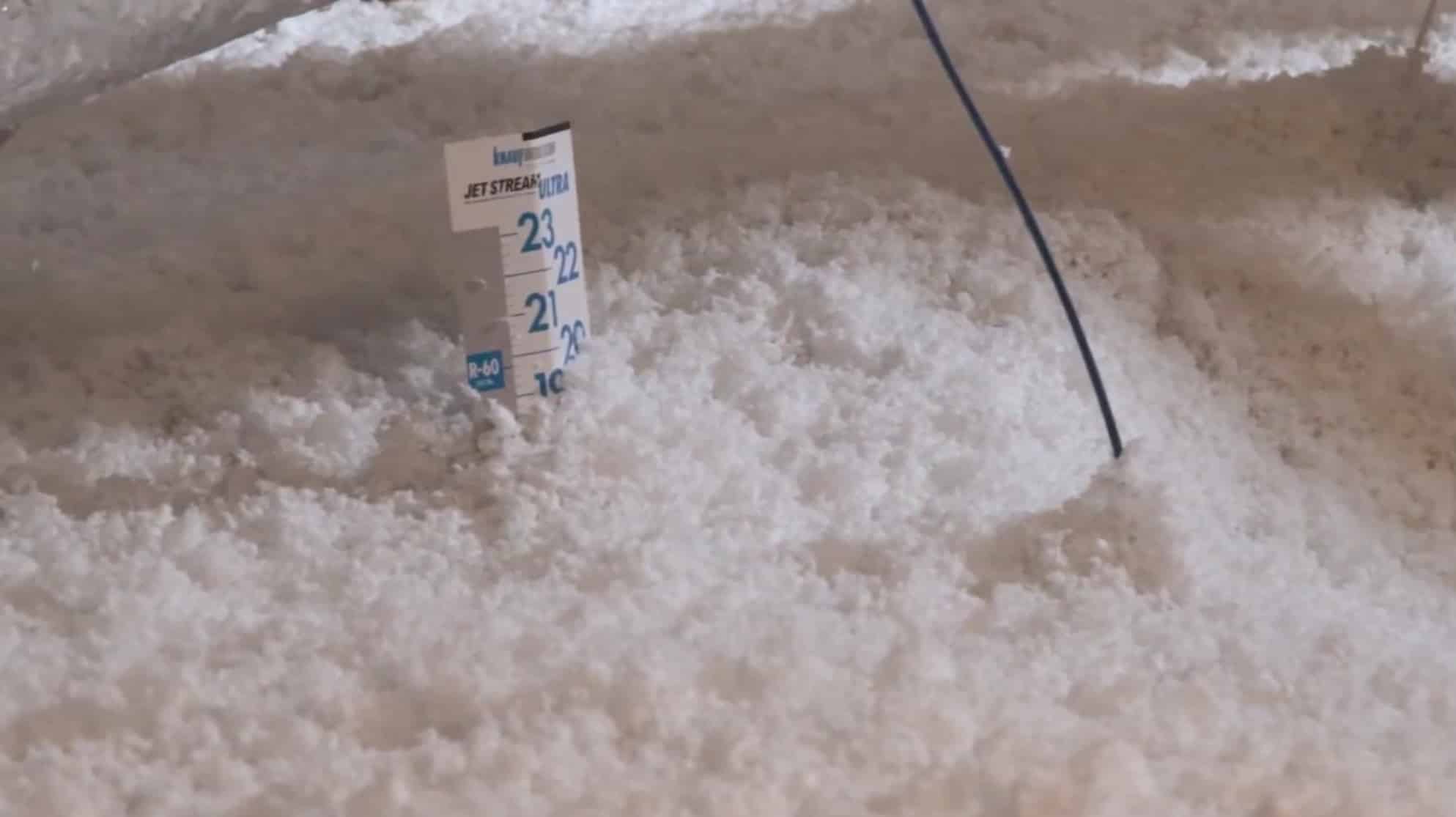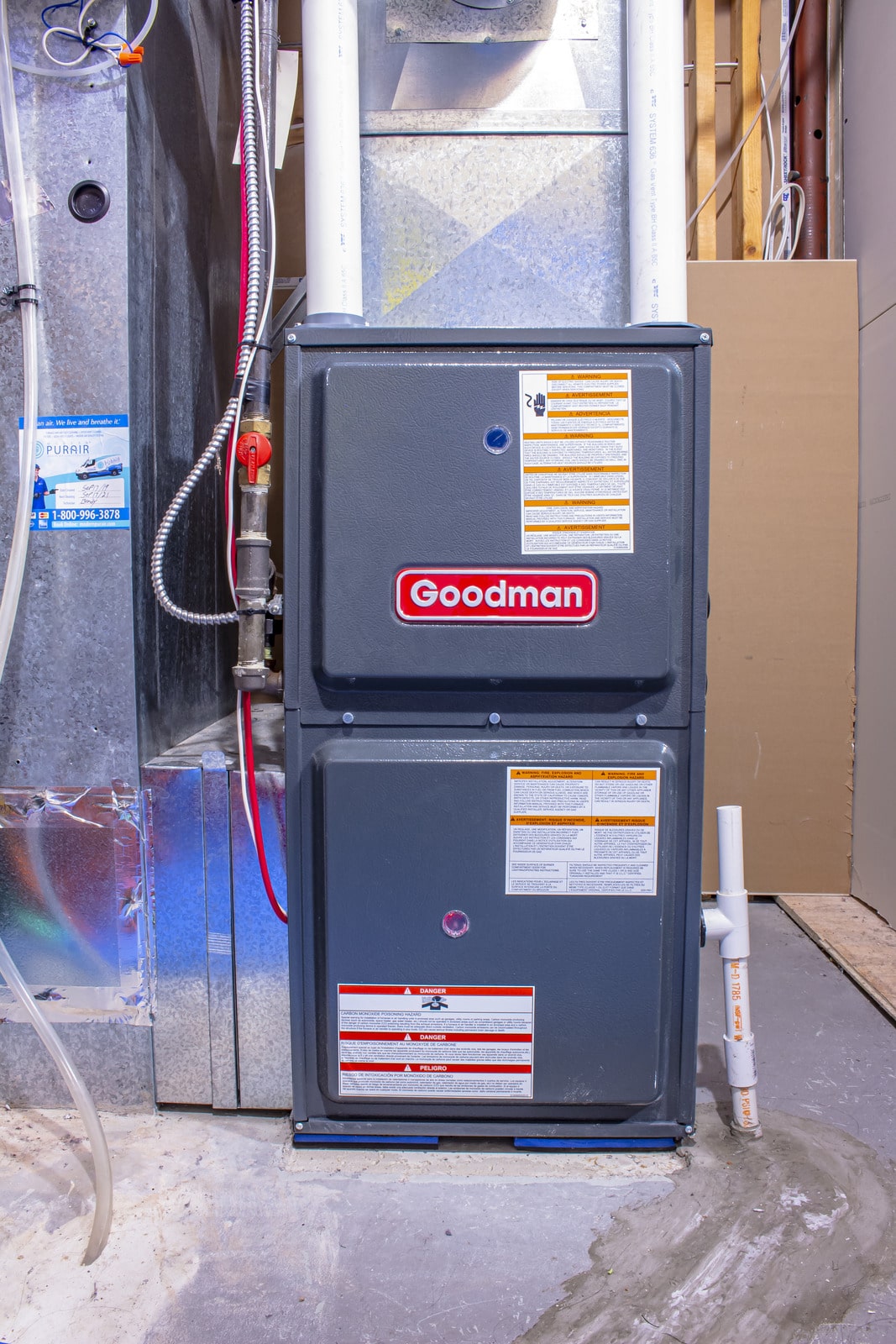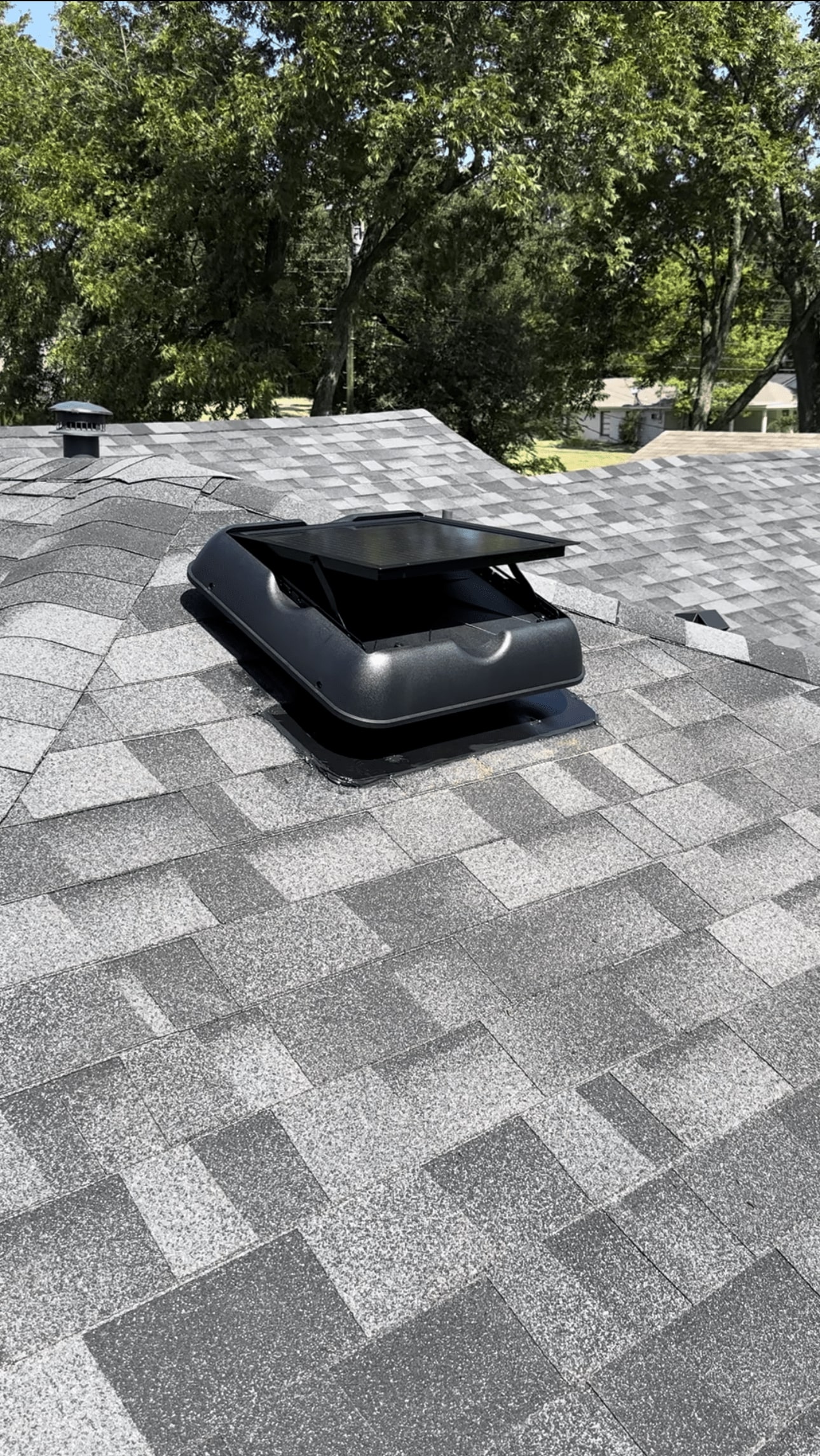The smart Trick of Green Attics That Nobody is Talking About
Table of ContentsThe 4-Minute Rule for Green AtticsTop Guidelines Of Green AtticsThe Ultimate Guide To Green AtticsExcitement About Green AtticsGreen Attics - QuestionsGreen Attics Can Be Fun For AnyoneAll about Green Attics
Around the chimney. Building ordinance call for that air areas in between chimneys and flooring or ceiling settings up where they pass be secured with a non-combustible fire quit (see Figure 5-3 and Number 5-4). Along the edge of shared walls. There is typically a space between the party wall surface (such as the common wall between units in duplexes, triplexes and row homes) and the edge of the attic floor.
A hefty polyethylene sheet which is caulked with acoustical sealant and stapled to the ceiling frames the electric box. An electrical cord diverts from the electrical box and down via a hole into an interior wall. Holes around electric cables are loaded with caulking or foam sealer, and caulking seals spaces along the top of the indoor wall surfaces.
Attic ventilation serves a number of objectives. Spray foam insulation. It reduces summertime heat build-up, prolonging the life of roof covering and decreases air conditioning unit lots. After air sealing, attic room air flow is your second line of protection against the water vapour that might have discovered its means into the attic room. It ensures a chillier, well-vented attic room area much less prone to the formation of ice dams at the eaves.
All About Green Attics
You might need to find roofing or soffit vents from outdoors if they are not plainly noticeable from inside the attic. Homes with actually peaked roof coverings and accessible attics are the most convenient to vent by utilizing the ratio of 1 to 300. This ratio refers to unblocked air vent area to the insulated ceiling area.

The adhering to Components information the ideal approach depending on your attic type. After you have actually inspected the attic and carried out any remedial work, emphasis initially on air and dampness control.
How Green Attics can Save You Time, Stress, and Money.
On the various other hand, spray foam uses air sealing and an initial layer of premium quality insulation that can be topped up to the desired RSI (R) degree. If the attic retrofit is being finished combined with interior renovations, the most convenient technique is to set up a new, solitary air and vapour barrier on the bottom of the ceiling joists.
Spray foam or stiff board insulation can help bridge the void in this location. Cut rigid board to fit between the ceiling joists and to extend from the exterior wall surface top plate towards the attic room.
Eliminate existing insulation from the location you are dealing with and establish it to one side. Cut foam boards to fit comfortably in between the trusses. Caulk all edges, spaces and joints, see Numbers 5-10 and 5-13. Obstructions, such as electrical cords, will need cuts in the obstacle; seal these carefully to make the barrier constant.
Spray foam contractors can set up closed-cell foam in between the joists to air seal and include insulation at the same time to the ceiling. All existing insulation and dirt have to be removed first to enable a great bond. A minimum of 50 mm (2 in.) is needed; top up with other insulation later on.
Some Known Factual Statements About Green Attics
(http://go.bubbl.us/e6e72e/7c6c?/Green-Attics)
This removes roof covering venting and creates what is called a hot roofing, where the attic room area enters into the conditioned (heated and cooled) residence space. This process might be suitable for some attic rooms, but do not proceed without authorization from your building assessor, and after that only make use of a certified spray foam specialist who is familiar with the procedure.
If there are obstructions above the joists, such as with a truss roof covering, it may be simplest to place batt insulation right into the joist spaces and afterwards utilize loose-fill insulation to create a total covering of insulation above the joists and around all obstructions. Loose-fill insulation is additionally good by itself, particularly in uneven or obstructed areas.

10 Easy Facts About Green Attics Described
Use frustrates in between each rafter area to avoid it from being obstructed (see Figure 5-11). Protect over and below cross supporting, splitting or cutting the batt to suit the cross bracing as shown in Figure 5-12. Additionally, cut one batt into a straight from the source collection of wedges and then fit a wedge under each support.
The initial layer of batts should be thick sufficient to totally fill up to the top of the joist room. The 2nd layer can then run vertical across the joists to block any kind of heat circulation via and around the joists (see Figure 5-13). Home energy efficiency. Ensure that there are no spaces in between the two layers of insulation
Apply blanket insulation similarly as batts. It may be pre-cut with a blade or cut right away. Start at one end of the attic and spread out the covering. Figure 5-11 Baffles can be used to preserve air movement through the soffit vents Text version Cutaway of baffles in between attic roofing system joists with arrowheads showing air activity taking a trip from the exterior, with an air vent in the ceiling overhang, and over the baffles.
The 3-Minute Rule for Green Attics
Figure 5-13 The top layer of insulation runs vertical to the lower layer Text version Illustration of layers of batts of insulation between and over attic joists. Batts on top of joists are vertical to batts in between joists. A polyethylene sheet is laid under both layers of insulation and affixed to the top of attic joists by caulking and staples.

If the loose fill is deeper than the joists, develop insulation structure (a crib) around the attic room hatch to make sure that it can be filled to the edge (see Figure 4-7). The bags of insulation material will certainly detail the number of square metres (or square feet) each bag must cover to supply the required RSI worth.
5 Simple Techniques For Green Attics
If you are having a contractor do the job, compute the RSI worth that you want and check the bags of insulation to be used. They should show the location that a person bag will cover at the selected shielding worth. You and the specialist ought to then settle on the overall number of bags to be used, the anticipated protecting value and the minimal settled depth of insulation throughout the attic, based upon a certain density.